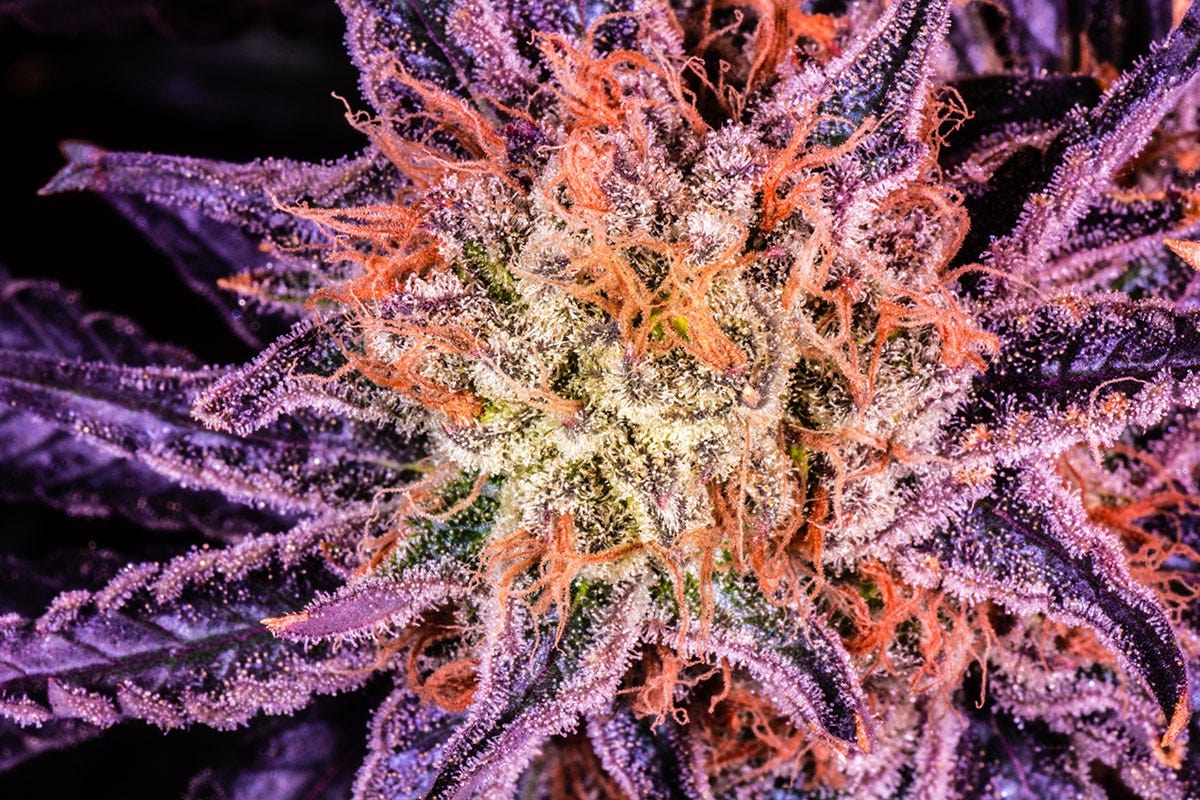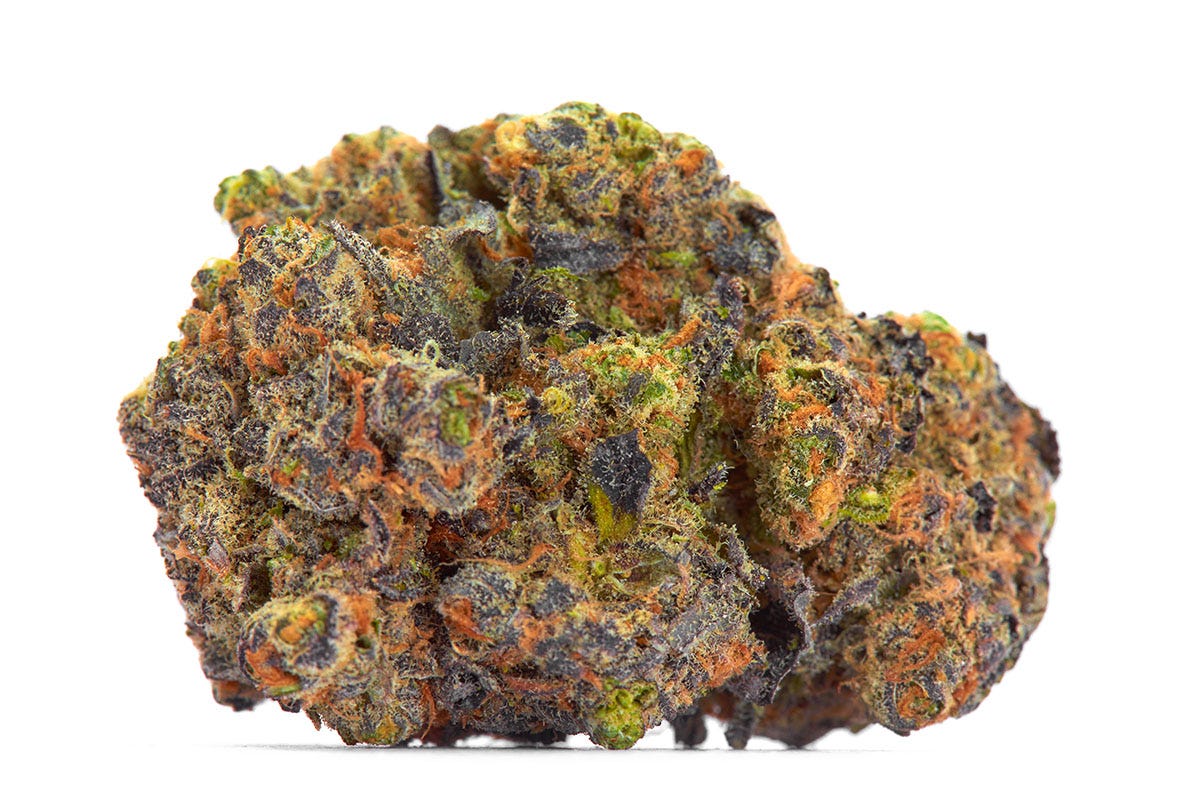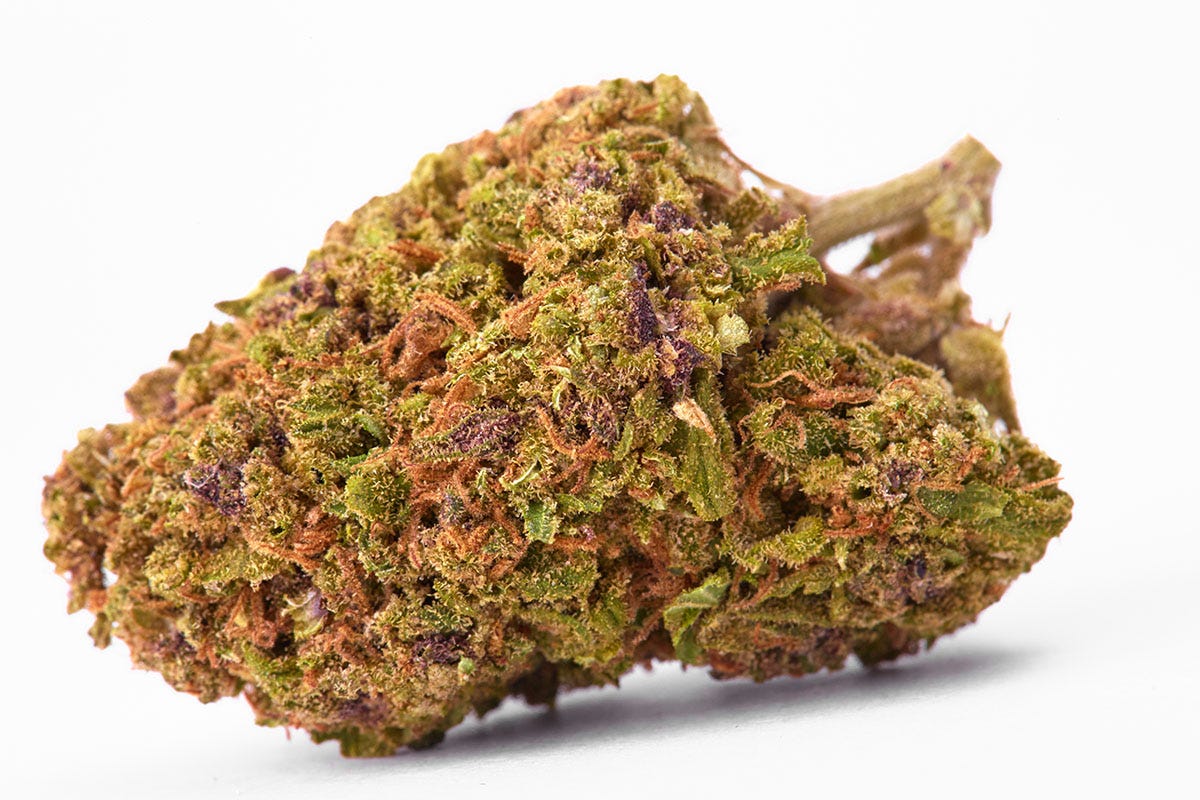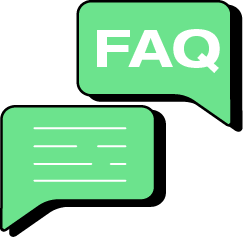
Cannabis Flavonoids: What Are They & What Do They Do?
High Points
- Flavonoids are natural plant compounds found in cannabis and many fruits and vegetables, contributing to the plant’s color and helping protect it from sunlight, pests, and environmental stress.
- Cannabis flavonoids, called cannaflavins, give cannabis flower buds their signature purple, orange, and green hues. They may also provide a number of benefits to canna-consumers.
- In cannabis, flavonoids work alongside terpenes and cannabinoids, influencing aroma, flavor, and the overall entourage effect, though research is still evolving on their potential benefits.
If you’ve ever admired the beautiful purple, orange, and green hues found on cannabis flower buds, you’re already familiar with flavonoids. What are these colorful compounds, and how do they impact the body? Let’s dive into what we do know about flavonoids including:
- What are Flavonoids?
- Benefits of Cannabis Flavonoids
- Flavonoids vs Terpenes: What’s the Difference?
- FAQs About Cannabis Flavonoids
What Are Flavonoids?
Flavonoids are natural plant compounds found in cannabis that help give the plant its color, protect it from stress, and contribute to its overall health. You’ve likely seen flavonoids in action–they’re the reason cannabis buds come in so many bright hues of orange, purple, and green! When we’re talking about cannabis flavonoids, we’re actually referring to a specific subset called cannflavins that are present in most parts of the cannabis plant.1
Cannflavins perform several necessary functions for the plant:


-
Create Appealing Colors: The vibrant colors found across various cannabis strains aren’t there just to look pretty; they’re also designed to attract pollinators like bees and butterflies to aid in the plant’s reproduction.
-
Protect the Plant: Flavonoids aid in the plant’s defense from environmental damage, like UV rays from the sun, and pests.1 We know this because we’ve seen that certain flavonoids are produced in marijuana in response to things like temperature, humidity, and rainfall.2
-
Contribute to the Sensory Experience: Cannabis is filled with compounds like flavonoids, terpenes, and cannabinoids that work together to create the whole-body experience for which cannabis is known.3
Benefits of Cannabis Flavonoids
Cannabis is more than just THC and CBD! To truly experience the power of the plant, check out full-spectrum products that capture the wide array of compounds found in cannabis. Cannabinoids, terpenes, flavonoids and other natural chemicals work together to create potential synergistic effects. This theory is called the Entourage Effect.3
While we don’t have a ton of evidence around how these compounds work together, there are studies examining the possible benefits of how they work individually. Flavonoids may have real bioactive properties like:4


-
Anti-inflammatory
-
Antioxidant (protect against cell damage)
-
Neuroprotective
While studies are limited for most cannflavins, Cannflavin A and B have gotten more attention than others. Studies have suggested that they exhibit anti-inflammatory activity that is thirty times that of aspirin.5


Flavonoids vs Terpenes: What’s the Difference?
Flavonoids and terpenes are two distinct types of cannabis compounds that may work together. For example, flavonoids contribute to the plant’s color, and terpenes contribute to the scent and taste of marijuana. However, flavonoids can work with terpenes to influence the aroma and flavor too. More distinct is where each compound can be found: terpenes are found within the marijuana plant’s trichomes, but flavonoids are found throughout the plant in everything from the leaves and flowers to the fruits and seedlings. Additionally, terpenes are more abundant than flavonoids—there are about 100 terpenes compared to around 20 flavonoids.4


FAQs About Flavonoids
We love our curious customers’ questions. Here are a few of them and their answers:
Are terpenes the same as flavonoids?
No, these are two different types of compounds. However, scientists believe that cannabis flavonoids work with cannabis terpenes to give different cannabis strains their unique flavors and aromas.1
How many flavonoids are there in cannabis?
There are roughly 20 flavonoids found in cannabis, making up roughly 10% of known compounds produced by the plant.1
Are flavonoids found in other plants besides cannabis?
Yes. Flavonoids are found throughout nature in flowers, bark, vegetables, fruits, and more.
What do flavonoids do for your body?
Cannabis flavonoids may offer anti-inflammatory, antioxidant, and neuroprotective benefits.


Experience Flavoinoids Yourself
Flavonoids aren’t just for researchers. You get to experience flavonoids every time you consume cannabis flower. So next time you pay a visit to your favorite dispensary, take a moment to appreciate the unique colors of that top-shelf bud you see and explore the ways that flavonoids contribute to your own entourage effect.
Sources:
1. "What are cannabis flavonoids and what do they do?," Leafly, September 28, 2020, https://www.leafly.com/news/cannabis-101/what-are-marijuana-flavonoids
2. "Flavonoids in Cannabis sativa: Biosynthesis, Bioactivities, and Biotechnology," ACS Omega, February 18, 2021, https://pmc.ncbi.nlm.nih.gov/articles/PMC7931196/
3. “The entourage effect: How cannabis compounds may be working together,” Leafly, July 29, 2025, https://www.leafly.com/news/cannabis-101/cannabis-entourage-effect-why-thc-and-cbd-only-medicines-arent-g
4. “Terpenes vs. flavonoids in cannabis: What’s the difference?,” Leafwell, October 23, 2025, https://leafwell.com/blog/terpenes-vs-flavonoids
5. “Biosynthesis of cannflavins A and B from Cannabis sativa L,” Phytochemistry, August 2019, https://www.sciencedirect.com/science/article/pii/S0031942218303819


